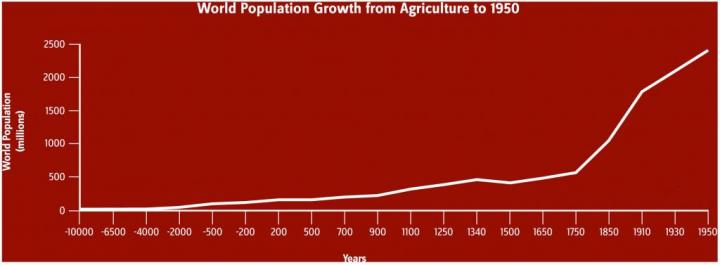The integrity of the Smithsonian Institution hinges on disseminating knowledge in an objective, thorough and fair manner. Like the freedoms that our forefathers included in the First Amendment, the freedom to present information must be a top priority of the Smithsonian. The intrusion of bias or censorship would compromise the ability of the Institution to fulfill its Congressional mandate, and would jeopardize the outstanding reputation the Institution has developed in its 157-year history.
Senator Joe Lieberman, May 20 2003
lieberman-challenges-smithsonian-decision-to-censor-exhibit
The Smithsonian Institute aroused controversy in 2003 amid allegations of censorship of an exhibit on the Arctic.
May 20, 2003: Democratic Senators in May charged that the Smithsonian Institution censored and hid an exhibit on the Arctic National Wildlife Refuge for political reasons.This year, the Smithsonian has created a new exhibit and web pages on the theme "Humans Change the World".
The exhibit consisted of photos of ANWR by freelance photojournalist Subhankar Banerjee, and originally included extensive descriptive captions by Banerjee. It opened May 2, 2003, at the Smithsonian's National Museum of Natural History.
According to the Associated Press, the Smithsonian originally planned to display it prominently near the museum's main rotunda. It was eventually put in the basement between a loading dock and a freight elevator. Banerjee's lengthy captions commenting on the value of wilderness were replaced with terse labels for each location and subject.
Banerjee says the Smithsonian changed its plans after Sen. Barbara Boxer (D-CA) held up a copy of his book during Senate floor debate over drilling for oil in ANWR.
Society of Environmental Journalists Jul. 2, 2003.
The message, as amplified by the exhibit’s Web site, is that “key human adaptations evolved in response to environmental instability.” Only at the end of the exhibit, under the headline “OUR SURVIVAL CHALLENGE,” is it noted that levels of carbon dioxide are higher now than they have ever been, and that they are projected to increase dramatically in the next century. No cause is given for this development; no mention is made of any possible role played by fossil fuels.
[my emphasis]
newyorker.com
The Smithsonian Institute web site has a special feature on the exhibit - Humans Change The World. The web page shows a graph of human population, reproduced here unmodified:

World population growth. Image courtesy of Karen Carr Studio.
Karen Carr is an artist, not a scientist. I have reproduced the image here to demonstrate that the graph - presented as an educational exhibit by the Smithsonian - is a science fake.
Whoever commissioned the graph and / or allowed it to be used as a science exhibit should be asked to account for the choice of axes and data.
Why is the data cut off at 1950? If population figures to 2010 were included, the y axis would need to extend above 7000, as against the 2500 level shown.
Why is the x axis non-uniform? The x axis intervals seem to correspond to no mathematical scale. A plot of the years on the x axis should produce a straight line or a curve, not the hodge-podge shown in this next graph.

The Smithsonian's graph of population growth, by using cherry-picked data and an 'artistic' x axis, fails to show the sharp up-turn in post-industrial global population. Just like the many graphs of fossil fuel consumption, atmospheric CO2, global average temperature and - inverted - Arctic sea ice minimum extent, an accurate population graph would show a post-industrial 'hockey stick' upturn.
The population graph used by the Smithsonian completely masks the true trend in global population. As such it is, in my opinion, a fake museum exhibit which has no place in the Smithsonian - an institution which was founded by an Act of Congress in 1846 for the increase and diffusion of knowledge among men.
It may be of some relevance that the exhibit is housed in the Smithsonian's David H. Koch Hall of Human Origins.
Further reading:
newyorker.com





Comments